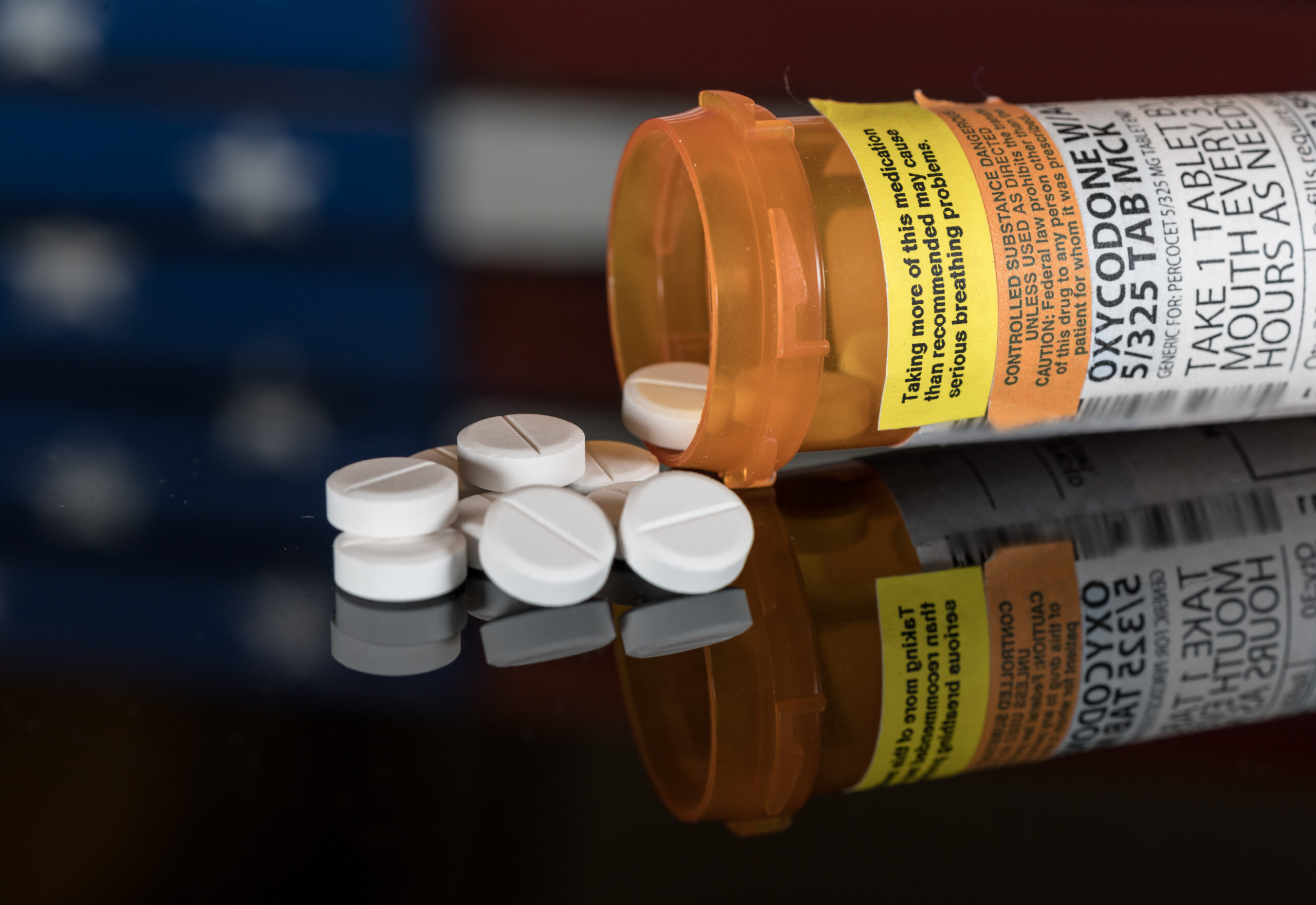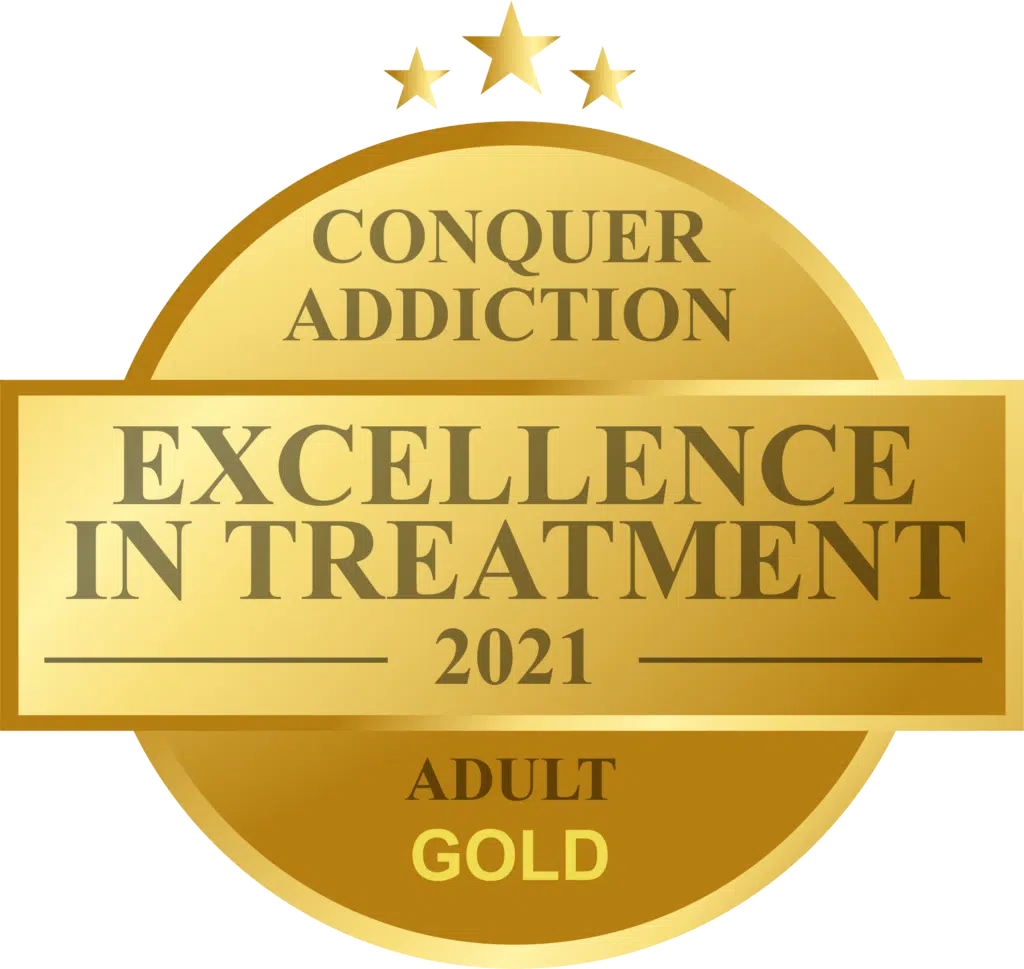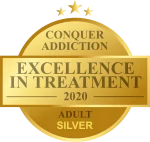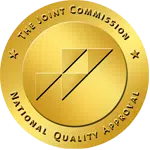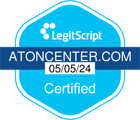Have you found yourself stuck in a cycle of addiction that you just can’t break free from? You’re not alone. Many successful executives struggle with alcoholism or substance misuse at some point. The good news is that there are proven paths to overcoming addiction and finding freedom. One of the most effective tools is taking a personal inventory–an in-depth self-reflection aimed at uncovering the root causes of unhealthy behaviors.
At our luxury rehab center in San Diego, personal inventories are a key part of the 12-step and non-12-step programming used to help clients achieve lasting sobriety. By honestly examining your life experiences, relationships, and choices, you gain insight into what’s really driving your addiction. This self-awareness and accountability form the foundation for making meaningful changes. If you’re ready to break the cycle of addiction for good, it’s time to take a fearless personal inventory and start building the life you deserve.
What is the Personal Inventory in Alcoholics Anonymous?

The AA personal inventory is a deep look inside yourself to uncover your character defects and shortcomings that contribute to your addiction. In Alcoholics Anonymous, steps 4 and 10 focus on taking a personal inventory. This helps you gain awareness of the behaviors and patterns that fuel your alcoholism, so you can make a plan to address them.
In step 4, you take a searching and fearless moral inventory of yourself. This means honestly examining your resentments, fears, and harm done to others. You look at your role in situations and how your actions have impacted people. It’s not about blaming others but taking responsibility for yourself.
In step 10, you continue to take personal inventory and promptly admit when you’re wrong. This is about maintaining awareness of your shortcomings and making amends right away when needed. Continually revisiting your inventory helps ensure you stay on the path to recovery.
While a personal inventory can bring about discomfort, its significance in overcoming addiction cannot be overstated. By delving into the root causes of behaviors and developing a strategy for change during inpatient alcohol rehab, you can effectively disrupt the cycle of addiction. This process lays the groundwork for constructing a fresh life in recovery, marked by newfound self-awareness, healthier choices, and a brighter future.
How to Take a Personal Inventory in Step 4 AA
Taking a personal inventory is a key part of AA’s 12-step program and our 12-step rehab at AToN Center. In Step 4, you dig deep into your life experiences, relationships, and behaviors to gain awareness of how your addiction has impacted you and those around you. This self-reflection helps you identify negative patterns and make positive changes.
Be Honest and Thorough
Conducting an inventory requires courage and honesty. Review your life from early childhood up until now, looking at both the good and the bad, to gain a balanced perspective. Leave no stone unturned. Examine how your addiction has affected relationships, work or school performance, physical health, emotional well-being, and more. Be specific about the behaviors you want to change.
Focus on Your Part
Take responsibility for your actions without blaming others. Look at the role you played in situations and how you could have responded differently. Make a list of people you have harmed and how. Then reflect on making amends. This helps overcome denial and minimizes resentment.
Share with Your Sponsor
Your sponsor provides guidance through this deeply personal process. Share as much detail as possible about what you discover. Talking it through helps gain additional clarity and accountability. Your sponsor can also share their experience with Step 4 to help put you at ease.
Make a Plan for Change
An inventory aims to learn from your past and prepare for a better future. Review what you want to change, then make a concrete plan for how to change it through actions such as:
- Practicing honest communication in relationships.
- Developing self-care routines to improve health and mood.
- Rebuilding trust at work or home.
- Forgiving yourself and others can help you find inner peace.
Taking a fearless personal inventory illuminates how your addiction has impacted your life and relationships. But the real reward is using these insights as a catalyst for lasting change. With hard work and commitment in AA’s following steps, you can overcome past harms and build a fulfilling life in recovery.
Revisiting Your Inventory During Step 10 AA
Revisiting your personal inventory during Step 10 allows you to maintain the progress you’ve made. It gives you a chance to reflect on your growth and see how far you’ve come.
Look For Patterns
As you review your inventory, look for any patterns in your behavior, thoughts, or actions that led to poor decision-making or unhealthy choices. See if there are any triggers you can identify and prepare for. This can help strengthen your recovery plan and safeguard your sobriety.
Check For Lingering Issues
It’s also important to check if there are any unresolved issues in your inventory that you need to revisit. Maybe there’s an unsettled conflict with a friend or family member you need to make amends with or pockets of shame or regret you haven’t fully dealt with. Step 10 gives you an opportunity to tie up any loose ends.
Practice Self-Forgiveness
The personal inventory process can bring up a lot of painful memories and emotions. It’s vital that you practice self-forgiveness and show yourself compassion. You can’t change the past; you can only learn from it and work to become a better person. Forgive yourself for your mistakes and imperfections; you deserve to move on from the past.
Stay Vigilant
Addiction is a lifelong condition, so you must remain watchful even after completing treatment. Regularly reviewing your personal inventory helps ensure complacency does not creep in. It keeps your recovery at the forefront of your mind, so you can avoid triggers and maintain your commitment to sobriety.
Continuously revisiting your personal inventory is a key part of lifelong recovery. While it may not always be comfortable, it is necessary work that builds self-awareness and strengthens your resolve to lead a purposeful life free of addiction. Staying accountable to yourself will help you sustain all the progress you’ve made in your recovery journey.
Why is Completing a Personal Inventory so Important?
Personal inventory is fundamental in the context of the 12-step program. It helps you gain awareness of negative behaviors, thoughts, and patterns that are holding you back.
Completing a personal inventory is important for several more reasons:
Self-awareness: Taking the time to assess your strengths, weaknesses, values, beliefs, and preferences helps you gain a deeper understanding of who you are. This self-awareness is the foundation for personal growth and development.
Goal setting: A personal inventory allows you to identify your aspirations and ambitions. By understanding your strengths and areas for improvement, you can set realistic and meaningful goals that align with your values and interests.
Decision-making: When you know your strengths and weaknesses, you can make better decisions about career choices, educational paths, relationships, and other life choices. This self-knowledge helps you make choices that are more aligned with your personal values and long-term objectives.
Personal Development: Identifying areas for improvement enables you to work on enhancing your skills and qualities. This can lead to increased self-confidence, resilience, and overall personal growth.
Personal inventory isn’t a one-time task. It’s an ongoing process that allows you to track your progress, reassess your goals, and adapt to changes in your life circumstances. In essence, completing a personal inventory helps you build a strong foundation for self-improvement, better decision-making, and a more authentic and fulfilling life. It’s a valuable tool for anyone who wants to lead a purposeful and meaningful existence.
Understanding 12-Step Rehab Program Options

The 12-step program is a set of guiding principles for addiction recovery that was originally created by Alcoholics Anonymous (AA) and has since been adapted by various other recovery programs for different types of addictions. While the specific steps can vary slightly between different programs, the core principles generally remain the same.
- Admitting Powerlessness: Recognize your lack of control over addiction and its impact on your life.
- Believing in a Higher Power: Develop faith in a higher power to restore your well-being.
- Turning Control Over: Decide to entrust your life’s direction to your higher power.
- Personal Inventory: Fearlessly assess your faults, fears, and resentments.
- Admitting Wrongs: Confess your wrongdoings to your higher power, yourself, and others.
- Willingness to Change: Become prepared for your higher power to remove your character defects.
- Humbly Asking: Humbly request your higher power’s help in overcoming shortcomings.
- Making Amends: Compile a list of those you’ve harmed and commit to making amends.
- Making Direct Amends: Make amends to people you’ve harmed, where possible.
- Continued Inventory: Regularly assess yourself and admit mistakes promptly.
- Seeking Conscious Contact: Enhance your connection with your higher power through prayer and meditation.
- Carrying the Message: Share your spiritual growth with others and apply these principles in your life.
While effective for many, the 12-step approach might not suit everyone. Alternatives like cognitive-behavioral therapy or motivational enhancement therapy are available. At AToN Center, we also provide a non 12-step drug and alcohol rehab. This alternative to the traditional 12 steps places an emphasis on self-empowerment and doesn’t label addiction as a disease, which may resonate more with you.
AToN Center Can Help You With Your Addiction Recovery
If you have further questions about what personal inventory within addiction recovery is or you’re interested in learning more about our addiction treatment programs, please feel welcome to reach out to us today, and we will be glad to be of assistance.
Originally posted on September 7, 2023 @ 5:05 am





